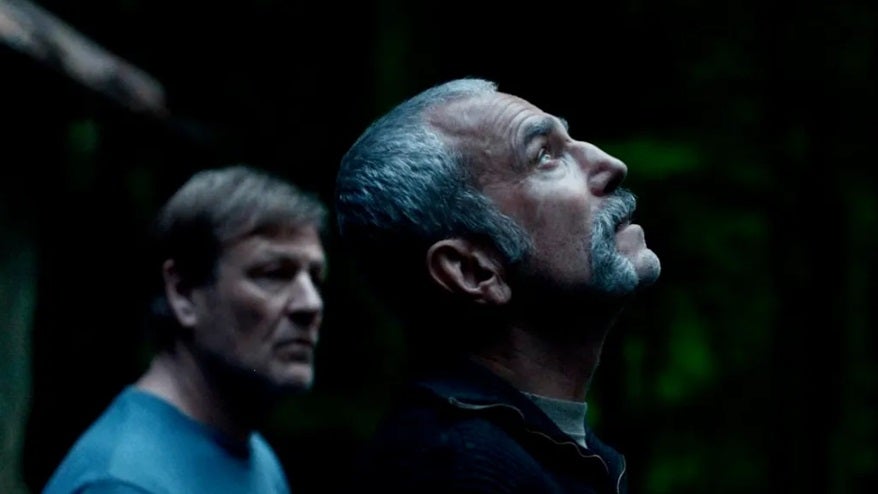News
dev world
24 Oct, 2011
C4 Viewers Feast On Dead Hippo
Channel 4 is claiming its new natural history event, Hippo: Wild Feast Live will present “the most comprehensive illustration ever of nature’;s food-chain.”
Streamed live to Channel4.com, “cutting edge technology will be used to bring the African savannah straight to the desktop, classroom and lounge. Fixed-camera rigs, motion detectors, infra-red cameras, laser thermometers, digital microscopes and tracking systems will connect natural history fans with the predators, scavengers, birds and insects that are feasting on the hippo.”
The hippo carcass at the heart of the show will be located in a part of the Luangwa river “frequented by predators and scavengers including leopards, lions, Nile crocodiles, hyena, wild dogs, baboons, monitor lizards and marabou storks – known as ‘undertaker birds’; which use their 10-foot wingspan to swoop down and see off other smaller vultures.”
Sounding marginally less scary than C4”s recent live Made In Chelsea event, Hippo: Wild Feast Live started streaming on Channel4.com from Friday 21 October. In a final 90 min programme on Monday 7 November at 9pm, viewers will be able to watch as an entire ecological system consumes the carcass. There will also be two-minute live updates on location from 21 – 26 Oct. The live streaming will be an interactive experience with viewers encouraged to tweet questions to presenter Mark Evans.
Clips of the key action will be available each day, as will additional insight from experts and local guides about the animals’; behaviour and biological decomposition. The site will present an environmental dashboard of readings including temperature, humidity and sunrise/sunset timings.
During the project, the production team will monitor lions via GPS trackers and attach transmitters to vultures and micro-transmitters to insects to track the secondary food-chain as the flesh is transported to wildlife beyond those directly at the carcass: such as the young of the predators, or passed on as calories through animal faeces. At the same time, transponders on the vultures will relay live data showing speed, distance travelled and altitude by satellite – presented on-screen in graphs.
At the other end of the scavenger scale, micro-transmitters attached to insects will track the range of the beetles and dragonflies feeding on both the carcass and the waste left by the bigger animals. If these wired insects are eaten by larger animals there is a chance they will enable tracking of the predators until they are passed as faeces. A laser thermometer and digital microscope will be deployed to help capture extreme close-ups of different insects, maggots and microbes.
Commenting, C4 Specialist Factual Commissioning Editor Tanya Shaw said: ‘This interactive project builds on the success of Elephant: Life After Death which followed a five-tonne elephant being transformed into six million calories worth of fat, meat and guts, feeding a whole new cycle of life. This time, by streaming the action live we are dealing with wildlife at its most raw, bloody and immediate – it will be fascinating to see how events unfold and we want viewers to interact with the experts and share this content with their friends.’;
The show is being produced by Tigress Productions. Kath Moore at Tigress added: “Technology opens new doors and at Tigress we love to harness those innovations, pushing boundaries and seeing the world from new angles. This is a great opportunity to bring in the latest sensors, tracking devices and cameras and reveal how crucial death is to the life of the savannah – and the diversity it supports.”
Share this Article















